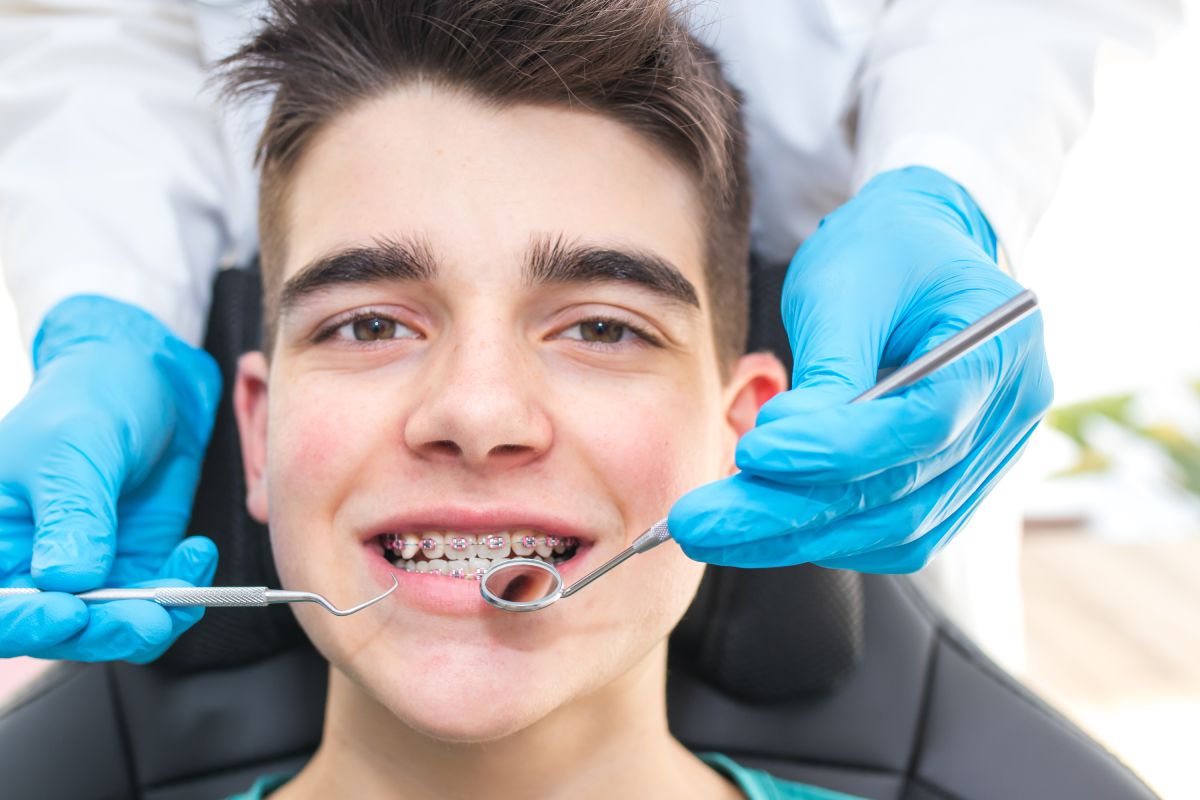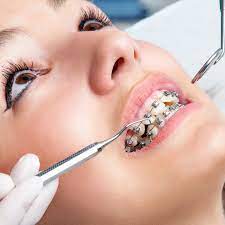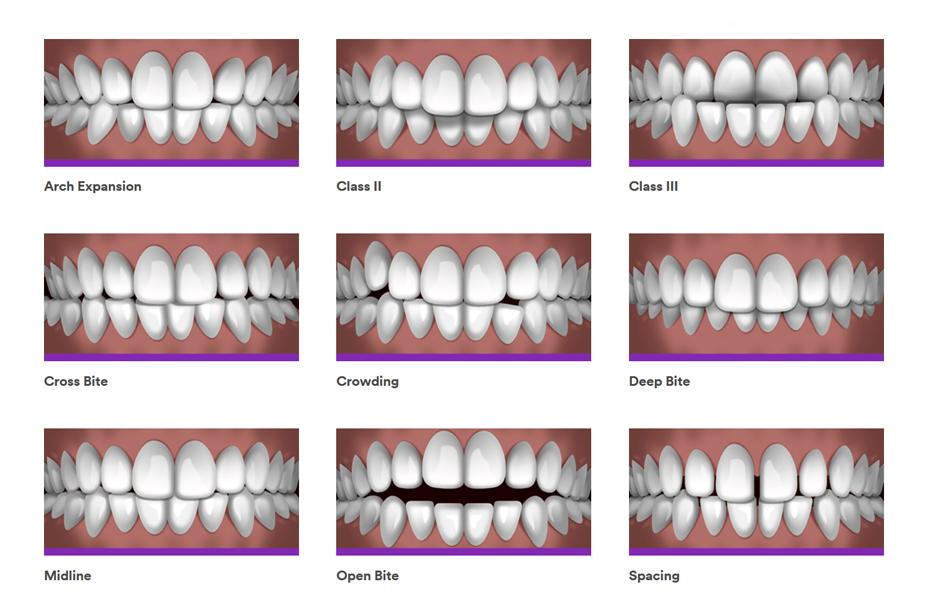The Basic Principles Of Causey Orthodontics
Table of ContentsThe Facts About Causey Orthodontics UncoveredCausey Orthodontics for DummiesThe Greatest Guide To Causey OrthodonticsCausey Orthodontics Fundamentals ExplainedThe 5-Minute Rule for Causey Orthodontics
Overlooking occlusal connections, it was typical to remove teeth for a variety of dental issues, such as malalignment or congestion. The idea of an intact dentition was not commonly appreciated in those days, making bite relationships appear unnecessary. In the late 1800s, the idea of occlusion was necessary for developing reputable prosthetic substitute teeth.As these concepts of prosthetic occlusion progressed, it came to be an invaluable device for dental care. It remained in 1890 that the job and impact of Dr. Edwards H. Angle started to be really felt, with his contribution to modern orthodontics especially significant. Focused on prosthodontics, he taught in Pennsylvania and Minnesota before directing his focus towards dental occlusion and the therapies required to maintain it as a normal problem, hence coming to be recognized as the "daddy of modern orthodontics".

The principle of optimal occlusion, as postulated by Angle and incorporated into a classification system, enabled a shift in the direction of treating malocclusion, which is any deviation from regular occlusion. Having a full collection of teeth on both arcs was extremely looked for after in orthodontic treatment as a result of the requirement for exact relationships in between them.
Some Known Details About Causey Orthodontics
As occlusion ended up being the key top priority, face proportions and aesthetics were ignored - cheapest orthodontist near me. To accomplish suitable occlusals without using external pressures, Angle postulated that having best occlusion was the most effective method to obtain maximum facial visual appeals. With the passing away of time, it ended up being rather noticeable that also an outstanding occlusion was not suitable when thought about from an aesthetic perspective
Charles Tweed in America and Raymond Begg in Australia (who both researched under Angle) re-introduced dentistry removal into orthodontics throughout the 1940s and 1950s so they can enhance face esthetics while additionally guaranteeing far better security concerning occlusal partnerships. In the postwar period, cephalometric radiography begun to be utilized by orthodontists for determining modifications in tooth and jaw setting caused by growth and treatment. It became apparent that orthodontic therapy could change mandibular growth, resulting in the development of practical jaw orthopedics in Europe and extraoral pressure actions in the United States. These days, both functional devices and extraoral tools are applied around the globe with the aim of amending development patterns and kinds. Going after true, or at the very least enhanced, jaw connections had come to be the major goal of treatment by the mid-20th century.
Not known Facts About Causey Orthodontics
 The American Journal of Orthodontics was developed for this purpose in 1915; before it, there were no clinical objectives to adhere to, nor any type of precise category system and braces that did not have functions. Till the mid-1970s, braces were made by wrapping steel around each tooth. With advancements in adhesives, it came to be feasible to instead bond metal braces to the teeth.
The American Journal of Orthodontics was developed for this purpose in 1915; before it, there were no clinical objectives to adhere to, nor any type of precise category system and braces that did not have functions. Till the mid-1970s, braces were made by wrapping steel around each tooth. With advancements in adhesives, it came to be feasible to instead bond metal braces to the teeth.This has had meaningful impacts on orthodontic treatments that are provided consistently, and these are: 1. Proper interarchal partnerships 2. Proper crown angulation (pointer) 3.
The benefit of the style hinges on its bracket and archwire combination, which requires just marginal cable bending from the orthodontist or clinician (orthodontist near me). It's aptly called hereafter function: the angle of the slot and thickness of the bracket base ultimately determine where each tooth is situated with little need for extra adjustment
Not known Facts About Causey Orthodontics
Both of these systems employed the same brackets for each and every tooth and required the flexing of an archwire in three aircrafts for locating teeth in their wanted positions, with these bends determining ultimate placements. When it involves orthodontic home appliances, they are divided into 2 types: detachable and fixed. Removable appliances can be handled and off by the person as required.

Hence, nearly all modern set home appliances can be considered variants on this edgewise home appliance system. Early 20th-century orthodontist Edward Angle made a significant contribution to the world of dental care. He created 4 distinct device systems that have actually been used as the basis for several orthodontic treatments today, preventing a few exemptions.
Little Known Facts About Causey Orthodontics.

The wire finished in a string, and to move it forward, a flexible nut was made use of, which enabled a boost in circumference. By ligation, each specific tooth was affixed to this extensive archwire (Causey Orthodontics). As a result of its restricted range of motion, Angle was incapable to accomplish accurate tooth placing with an E-arch
These tubes held a soldered pin, which could be repositioned at each appointment in order to relocate them in area. Dubbed the "bone-growing appliance", this contraption was supposed to motivate healthier bone development due to its capacity for transferring pressure directly to the roots. However, executing it proved frustrating in truth.